Tag: walking
-
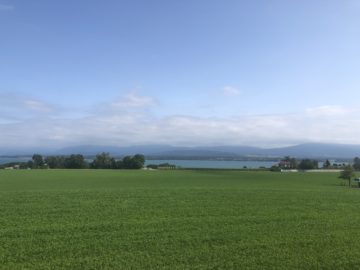
European Walks and Bike Rides
Reading Time: 2 minutesToday during my walk I noticed a sticker on a sign for EuroVélo.com. I don’t know how new the project is but I had not paid attention to the URL before. I like the idea of a European Network of Cycling Routes. I don’t need to capitalise these words. I just did,…
-
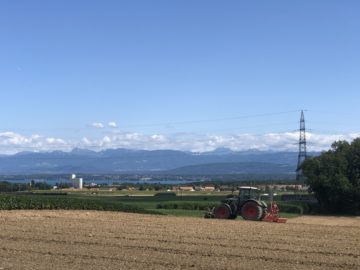
Farming In Switzerland
Reading Time: 2 minutesThe Pandemic is alive and well and I am still walking around in circles. I would go for bigger, more interesting adventures but no one is publicising those events until after the fact. During a pandemic it helps to be misinformed, an alcoholic and a festival goer. If you like real sports,…
-

A Penguin Feeding a Chick in Switzerland
Reading Time: < 1 minuteI would never expect to see a penguin feeding a chick in the middle of Switzerland in the middle of summer in Switzerland but I did. It’s just a wooden statue but that doesn’t make it any less unexpected. At first I thought it was just a block of wood to…
-
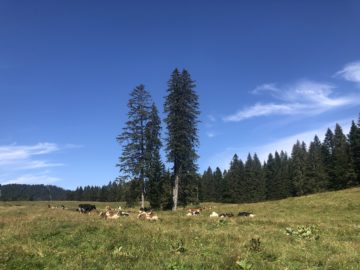
-
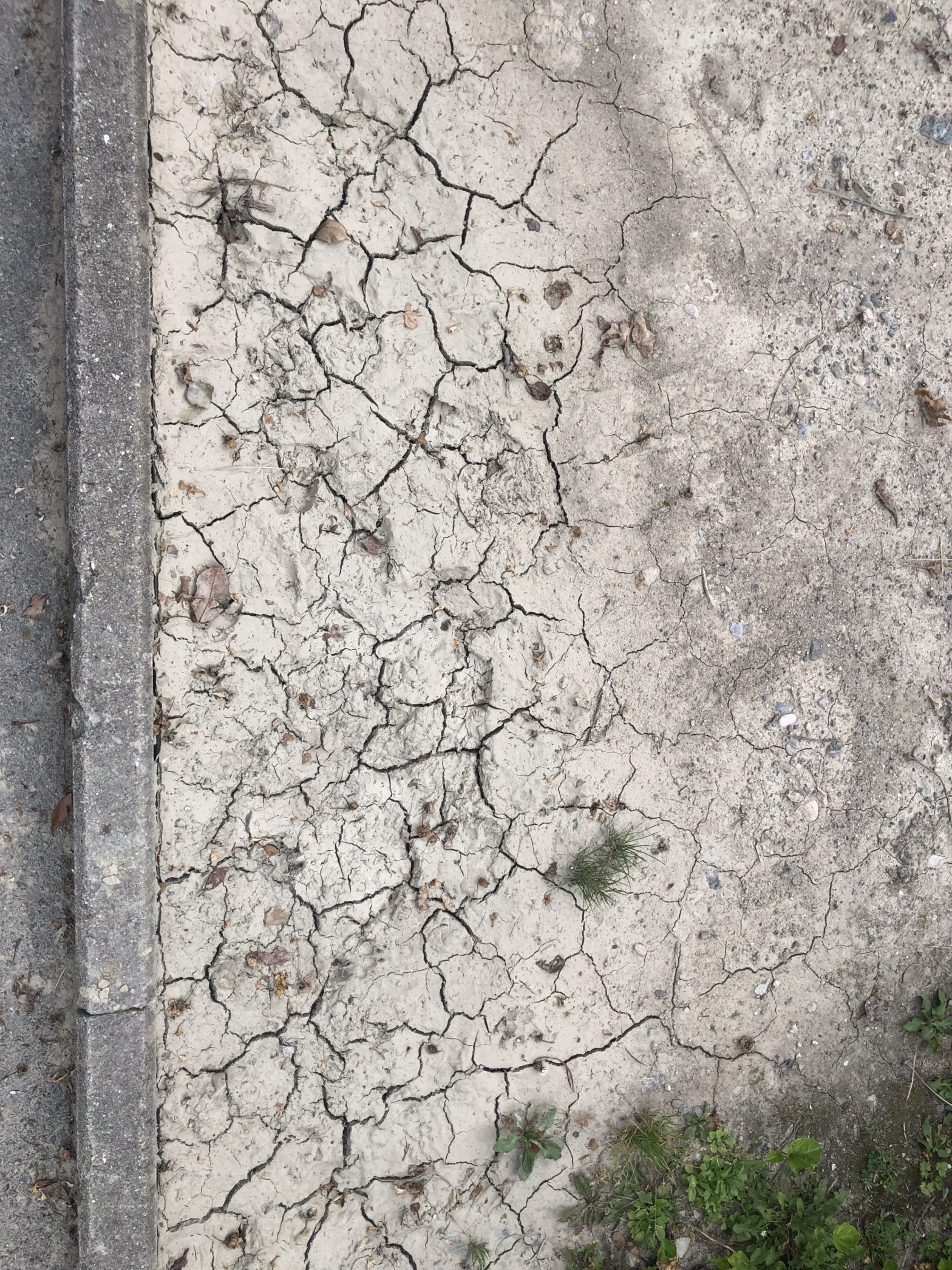
Announced Rain and Storms
Reading Time: < 1 minuteThey often announce rain and storms and we often get very little of either. The weather here is dry. The little rain that did fall was sandy. Farmers have harvested their crops but so far the rain is not worrying.
-

Dark Clouds Over the Jura
Reading Time: < 1 minuteAccording to Strava this was my 140th hike this year and my 83rd week of tracked activity. I don’t know why it’s only 83 weeks. My habit is older than that. When I set off, it was nice weather and warm. I didn’t set off with much because I expected the…
-
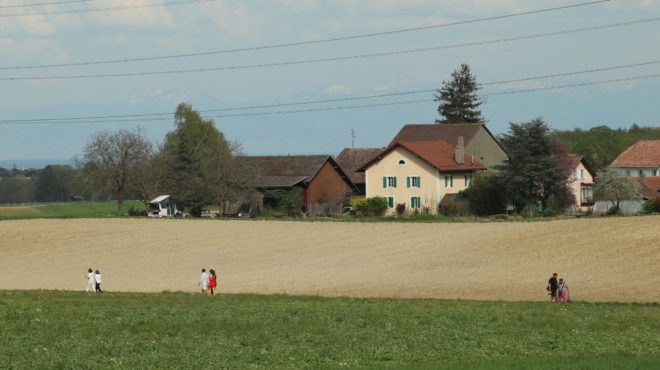
Walking Through Mud
Reading Time: 4 minutesIn normal times we can walk along clean paths, without walking through the mud because we can walk within a meter or two of people. During a pandemic though, the recommendation is to be at least two meters from people. Many agricultural paths are not that wide, especially when people walk two…
-
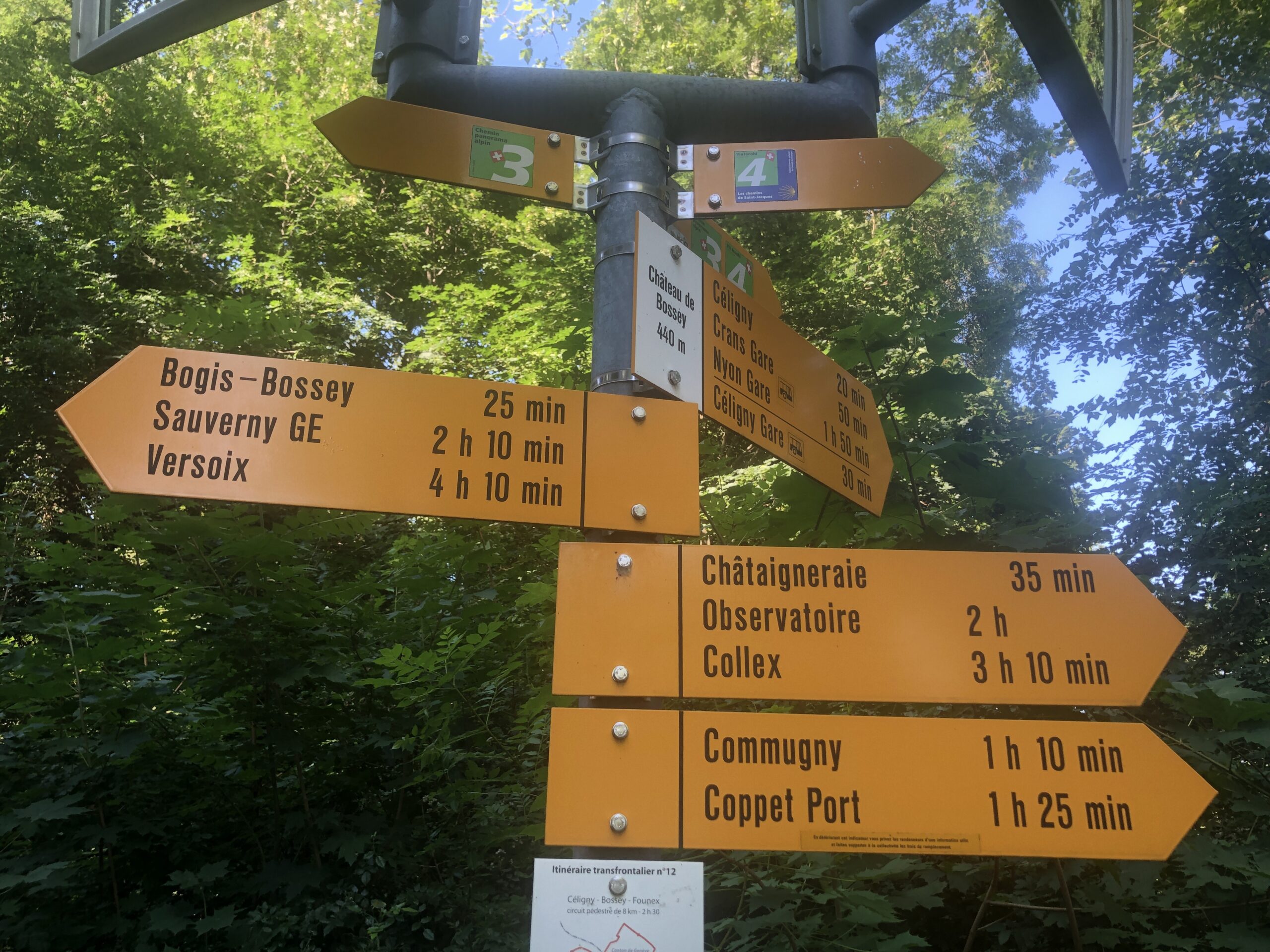
Hiking in Switzerland
Reading Time: < 1 minuteIn 2019 Swiss people spent 162 million hours walking and hiking in Switzerland. Hiking generates 2.5 billion CHF per year and there are 50,000 signs to help people find their way. In Switzerland people hike 20 times per year. I go for a two to three hour walk/hike every single day…
-
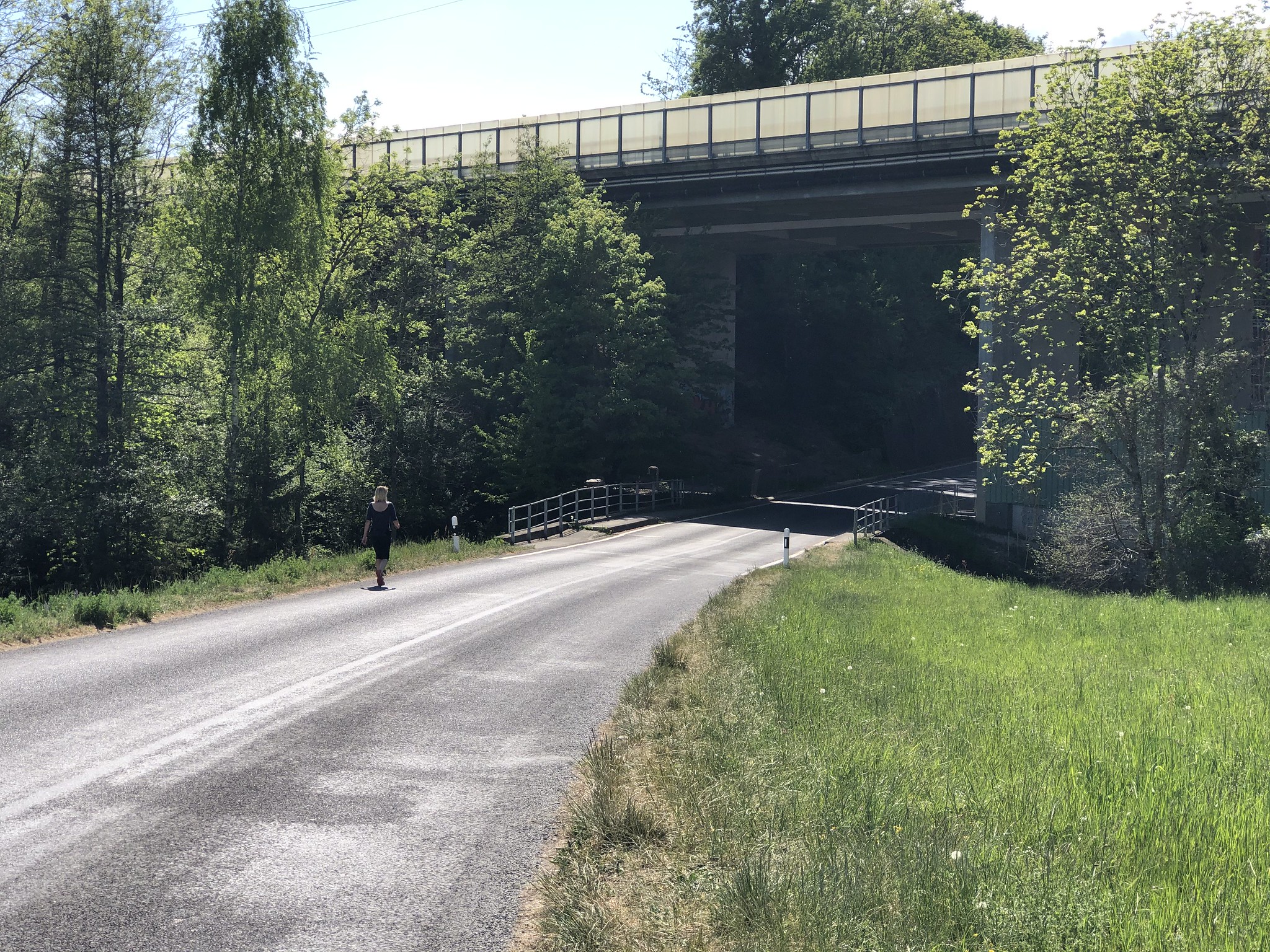
Walking from Village to Village, and Village to Town
Reading Time: 3 minutesThe conversation is too often about designing cities to be car-free, but I would argue that designing the countryside to require less frequently would be more advantageous. The reason for this is that walking from village to village, and from villages to towns eliminates the need for, and appeal of the car.…